Draw a diagram of the human ear and label External Auditory Canal in the diagram.
Important Questions on Control and Coordination
Observe the illustration and answer the following questions.
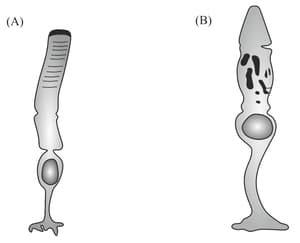
How impulses are generated in these cells when light rays fall on it?
Name the following:
The layer of the eyeball that provide nourishment to the eye.
Observe the illustration and answer the following questions.
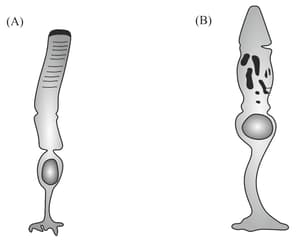
Name the cells (A) and (B).
Redraw the picture given below. Identify the name indicated and label the parts
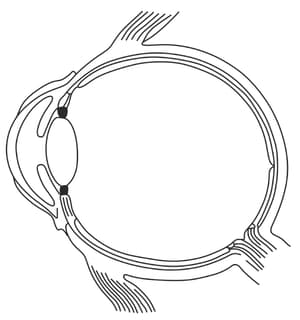
The part that adjusts its size as the intensity of light varies.
"Three types of cone cells are present in human eye. This is due to the chänge in _____ in the Opsin molecule"
Observe the given steps related to the experience of taste and arrange them properly.
- Impulses reach the brain through the nerves.
- The taste detecting chemoreceptors are stimulated.
- The substances reach the taste buds through saliva.
- Substances responsible for taste dissolves in saliva.
- Forms the experience of taste.
- Impulses form in the chemical receptors.
Redraw the picture given below. Identify the name indicated and label the parts
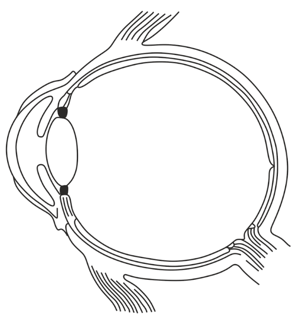
The part of Retina where plenty of photoreceptors are seen.
Observe the illustration and answer the following questions.
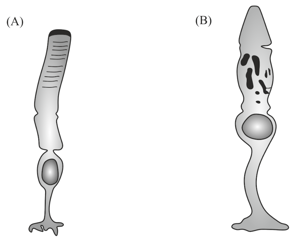
Explain the role of these cells in making vision possible.
Redraw the picture given below. Identify the name indicated and label the parts
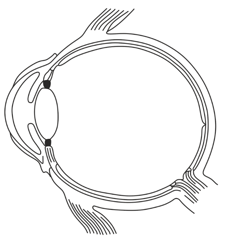
The part refracts light rays into the eye.
We cannot distinguish colours in dim light.
Photoreceptor, Yellow spot, Conjunctiva, Blind spot, Iris
Choose between the two options to answer the question specified in the brackets for the following.
An example is illustrated below.
Example: Corolla or Calyx (Which is the miter whorl?) Answer: Calyx
Sclerotic layer or choroid layer (Which one forms the iris?)
Choose between the two options to answer the question specified in the brackets for the following.
An example is illustrated below.
Example: Corolla or Calyx (Which is the miter whorl?) Answer: Calyx
Perilymph or endolymph (Which one surrounds the organ of Corti?)

